What is the Difference Between Dates and Fard Dates?
Fard dates are a premium variety of dates originating from Iran’s Hormozgan province, characterized by their large size, firm texture, and distinctive amber-brown color, while regular dates encompass hundreds of varieties with varying characteristics. Fard dates measure 4-6 centimeters in length, feature low moisture content (8-12%), and offer excellent shelf stability, distinguishing them from softer, more perishable varieties. Mazafati dates, in contrast, are soft, dark, moisture-rich (20-35%) dates from Kerman province that require refrigeration and represent the premium fresh date category.
When I visited Tehran’s Grand Bazaar last autumn, a veteran date merchant told me something that changed my understanding of premium dates forever: “Fard dates are nature’s candy bars—perfectly shaped, naturally sweet, and built to last.”
My take is that mazafati dates and fard dates represent two completely different philosophies in date cultivation—one prioritizing ultimate freshness and luxury, the other focusing on durability and consistent quality.
Origins and Geographic Heritage
Mazafati dates originate exclusively from Iran’s Kerman province, particularly the ancient oasis city of Bam, where 2,000 years of cultivation expertise has refined this variety to perfection.
Archaeological evidence from the Bam region shows mazafati dates cultivation dating back to the Sassanid Empire, with historical texts describing these dates as “black pearls of the desert” prized by Persian nobility.
Fard dates grow primarily in Iran’s Hormozgan province, particularly around Minab and Roodan counties, where the unique microclimate creates ideal conditions for developing their characteristic large size and firm texture.
Cultivation altitude differs significantly between varieties, with mazafati dates thriving at 1,000-1,500 meters above sea level in Kerman’s high desert, while fard dates flourish at sea level in Hormozgan’s coastal plains.
Soil composition in Kerman’s mazafati-growing regions contains volcanic minerals and ancient sediments that contribute to the distinctive dark color and intense sweetness of these premium dates.
Water sources for fard dates include both underground springs and seasonal rainfall from the Persian Gulf’s moisture patterns, creating natural irrigation cycles that concentrate flavors and enhance texture development.
Climate patterns in Hormozgan province provide fard dates with hot, humid summers followed by mild winters, allowing extended ripening periods that develop their characteristic amber coloration and firm consistency.
Traditional farming methods in both regions involve hand-pollination, selective harvesting, and generation-passed knowledge that ensures consistent quality in both mazafati dates and fard dates.

Physical Characteristics and Appearance Analysis
Mazafati dates exhibit their signature dark brown to black coloration with glossy, smooth skin that appears almost wet due to their exceptional moisture content and minimal processing.
Size specifications for premium mazafati dates typically range from 2.5-4.5 centimeters in length and 1.5-2.5 centimeters in width, positioning them in the medium-large category among global date varieties.
Fard dates showcase impressive dimensions, typically measuring 4-6 centimeters in length and 2-3 centimeters in width, making them among the largest naturally occurring date varieties in the world.
Color variations in fard dates range from golden amber to rich brown, with many specimens displaying attractive color gradients that shift from lighter tips to darker centers.
Skin texture differences are immediately apparent, with mazafati dates featuring thin, delicate skin that wrinkles slightly due to moisture content, while fard dates maintain smooth, taut skin that appears polished.
Shape consistency varies between varieties, with mazafati dates showing natural irregularities that indicate hand-harvesting and minimal processing, while fard dates often display more uniform oval shapes.
Visual appeal of fard dates includes their impressive size and attractive amber coloration that makes them particularly striking in retail displays and gift presentations.
Weight measurements show mazafati dates typically weighing 8-15 grams per piece due to high moisture content, while fard dates usually weigh 12-20 grams per piece despite lower moisture levels.
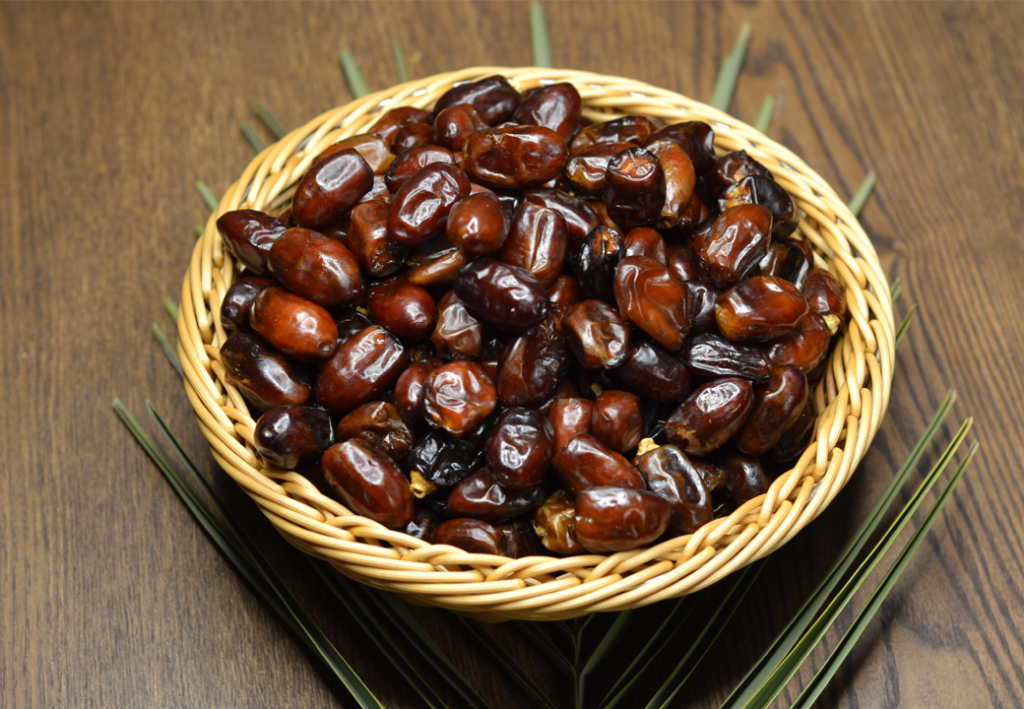
Texture and Mouthfeel Comparison
Mazafati dates provide an exceptionally soft, almost melting texture that dissolves effortlessly in the mouth, creating a luxurious eating experience that food scientists describe as “optimal palatability.”
Firmness levels in mazafati dates require minimal chewing effort, making them ideal for children, elderly consumers, and anyone preferring easy-to-consume fruit options.
Fard dates deliver a pleasantly firm yet yielding texture that requires moderate chewing, creating a satisfying eating experience that allows flavors to develop gradually during consumption.
Chewing dynamics differ dramatically between varieties, with mazafati dates breaking down immediately upon biting, while fard dates maintain structural integrity throughout the eating process.
Moisture release patterns show mazafati dates providing immediate flavor burst due to high water content, while fard dates release flavors more gradually as chewing breaks down their denser structure.
Temperature sensitivity affects mazafati dates significantly, with refrigerated dates becoming noticeably firmer while room temperature dates maintain optimal softness and flavor accessibility.
Structural integrity of fard dates makes them excellent choices for cooking applications, stuffing with nuts, or incorporating into recipes where maintaining shape during preparation is essential.
Palate coating characteristics show mazafati dates leaving a rich, sweet coating that lingers pleasantly, while fard dates provide cleaner flavor finish that doesn’t overwhelm the palate.
Amoot Iranian Trading Company
🌴 The Largest Dates Supplier in the World
We export premium quality Mazafati, Kabkab, Piarom, Kalute and many other date varieties worldwide.
📞 Call us on WhatsApp:
+98 902 360 6419
✉️ Email us at:
info@amootiranian.com
Flavor Profile and Taste Analysis
Mazafati dates deliver intensely sweet, honey-like flavors with complex caramel undertones and subtle hints of molasses that develop in layers during consumption.
Sweetness intensity in premium mazafati dates ranks among the highest of all date varieties, with natural sugar content reaching 75-80% of total weight when optimally ripened.
Fard dates offer more balanced sweetness with nutty undertones and mild vanilla notes that create a sophisticated flavor profile appealing to diverse palates.
Flavor complexity comparison reveals mazafati dates providing immediate impact through concentrated sweetness, while fard dates develop nuanced flavors gradually during chewing.
Aftertaste characteristics differ significantly, with mazafati dates leaving rich, lingering sweetness that can satisfy dessert cravings, while fard dates provide clean, refreshing finishes.
Sugar composition analysis shows mazafati dates containing primarily glucose and fructose in optimal ratios for rapid energy release, while fard dates have more balanced sugar profiles including sucrose.
Flavor stability over time demonstrates mazafati dates maintaining peak intensity for 6-12 months when properly refrigerated, while fard dates retain excellent flavor for 12-24 months at room temperature.
Taste preference studies indicate mazafati dates appeal more to consumers seeking intense sweetness, while fard dates attract those preferring balanced, sophisticated flavors.
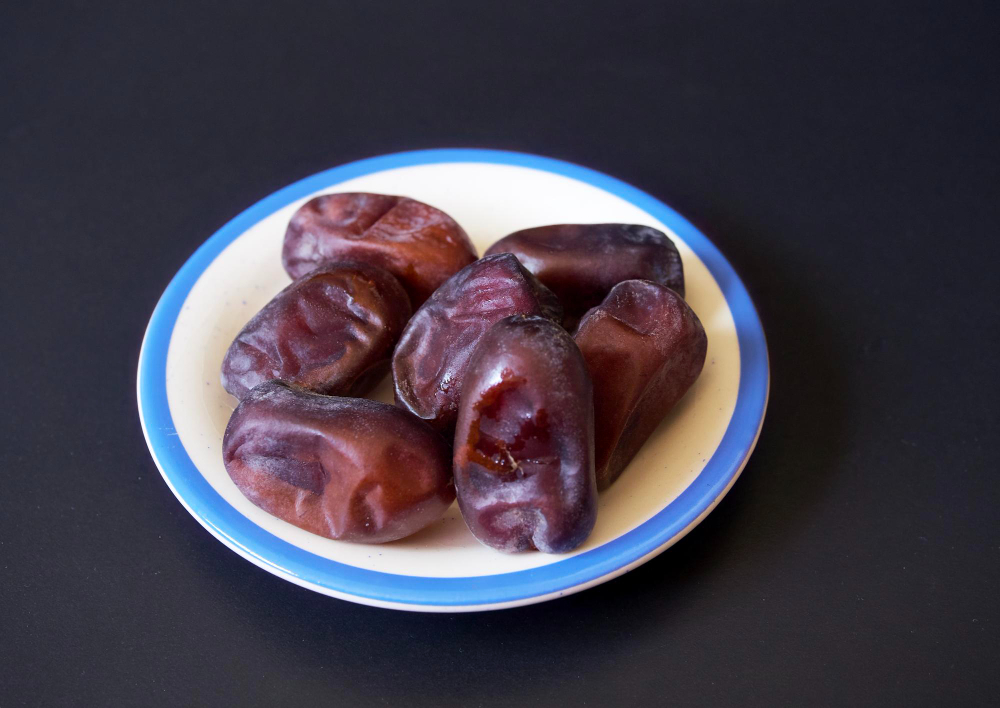
Nutritional Content and Health Benefits
Mazafati dates contain approximately 285-300 calories per 100 grams with 20-25% water content, 65-70% natural sugars, 2.2-2.8% protein, and significant potassium, copper, and manganese levels.
Nutritional density analysis of mazafati dates reveals exceptional antioxidant levels due to their dark pigmentation and minimal processing requirements.
Fard dates provide 260-280 calories per 100 grams with concentrated minerals including iron, calcium, phosphorus, and magnesium in highly bioavailable forms due to their natural drying process.
Vitamin content comparison shows both varieties containing significant B-vitamins, with mazafati dates having slightly higher vitamin C levels while fard dates excel in vitamin A content.
Mineral profiles reveal fard dates containing higher concentrations of calcium and iron per gram due to their lower water content and natural mineral concentration effects.
Antioxidant capacity measurements indicate mazafati dates providing superior phenolic compounds and flavonoids that contribute to cellular protection and anti-inflammatory benefits.
Fiber content analysis shows fard dates delivering 7-8 grams of dietary fiber per 100 grams compared to 6.5-7 grams in mazafati dates, supporting digestive health and satiety.
Comprehensive Nutritional Comparison Table
| Nutrient | Mazafati Dates (per 100g) | Fard Dates (per 100g) | Advantage |
|---|---|---|---|
| Calories | 285-300 | 260-280 | Mazafati |
| Water Content | 20-25% | 8-12% | Mazafati |
| Total Sugars | 65-70g | 60-65g | Mazafati |
| Protein | 2.2-2.8g | 2.5-3.2g | Fard |
| Dietary Fiber | 6.5-7.0g | 7.0-8.0g | Fard |
| Potassium | 650-750mg | 600-680mg | Mazafati |
| Iron | 1.2-1.5mg | 1.5-2.0mg | Fard |
| Calcium | 35-45mg | 50-65mg | Fard |
| Magnesium | 45-55mg | 40-50mg | Mazafati |
| Vitamin C | 2-4mg | 1-2mg | Mazafati |
| Vitamin A | 10-15 IU | 20-30 IU | Fard |
| Antioxidants | High | Moderate | Mazafati |
Storage Requirements and Shelf Life Analysis
Mazafati dates require consistent refrigeration at 0-4°C to maintain optimal quality and prevent fermentation, with properly stored dates lasting 6-12 months while preserving peak freshness characteristics.
Storage protocols for mazafati dates must include moisture control, temperature stability, and protection from light exposure to prevent quality degradation and maintain signature texture.
Fard dates demonstrate exceptional shelf stability at room temperature, routinely lasting 18-36 months when stored in cool, dry conditions with appropriate packaging protection from humidity.
Packaging requirements differ substantially between varieties, with mazafati dates needing sealed, moisture-proof containers while fard dates can utilize breathable packaging that prevents moisture accumulation.
Quality indicators for stored mazafati dates include maintaining soft texture, dark color consistency, and absence of fermentation odors or crystallization that indicates storage problems.
Deterioration signs in fard dates typically involve excessive hardening, color fading, or development of rancid flavors that suggest improper storage conditions or extended shelf time.
Commercial storage facilities at Amoot Iranian utilize specialized temperature-controlled environments and advanced packaging systems to maximize shelf life while preserving nutritional integrity.
Transportation requirements show mazafati dates needing refrigerated shipping throughout the supply chain, while fard dates can be transported safely using standard dry cargo methods.
Mazafati Dates Vs. Other Dates Images
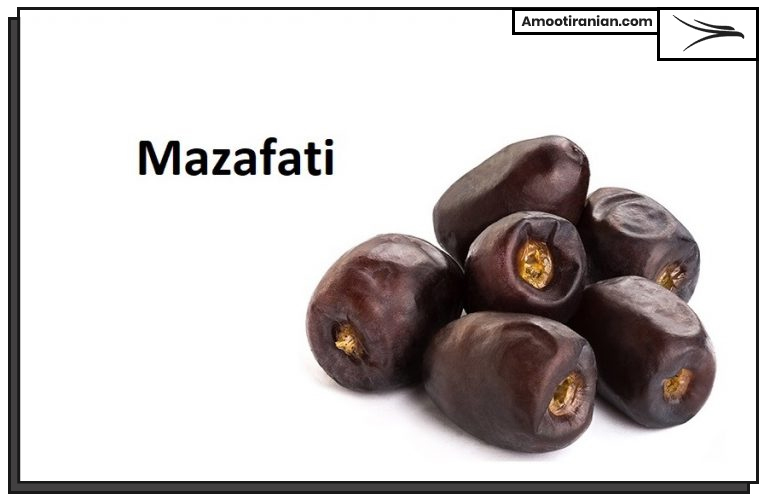
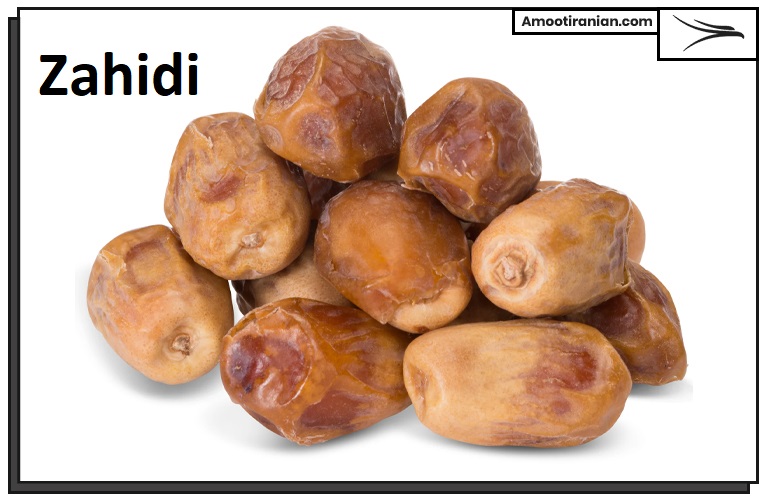
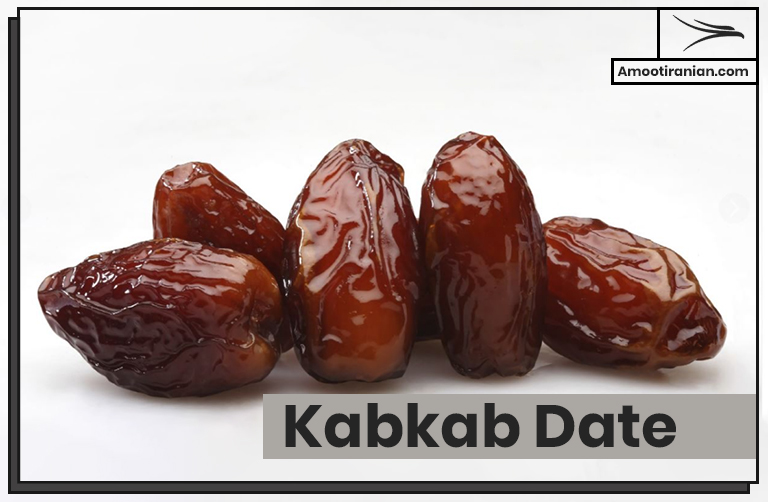
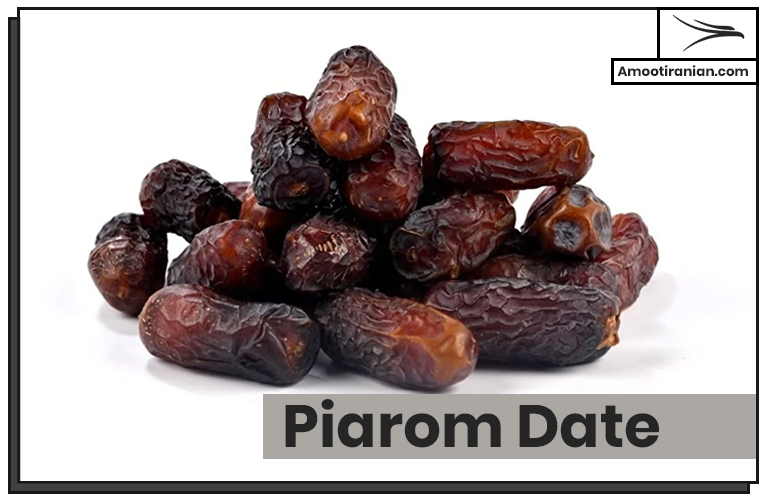
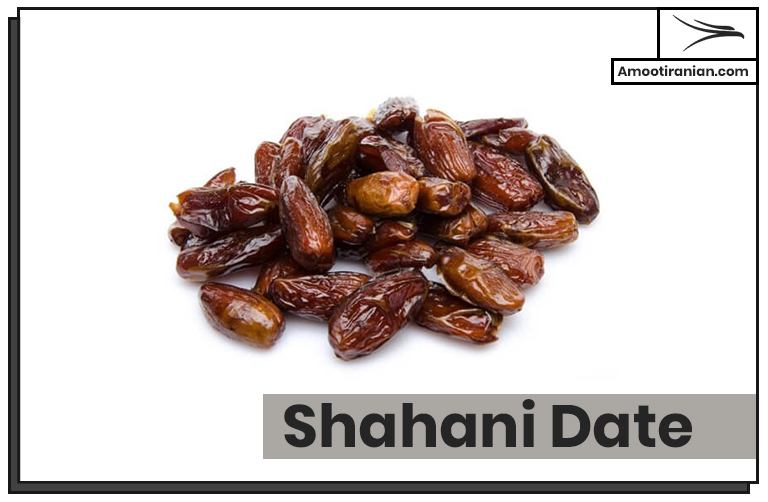
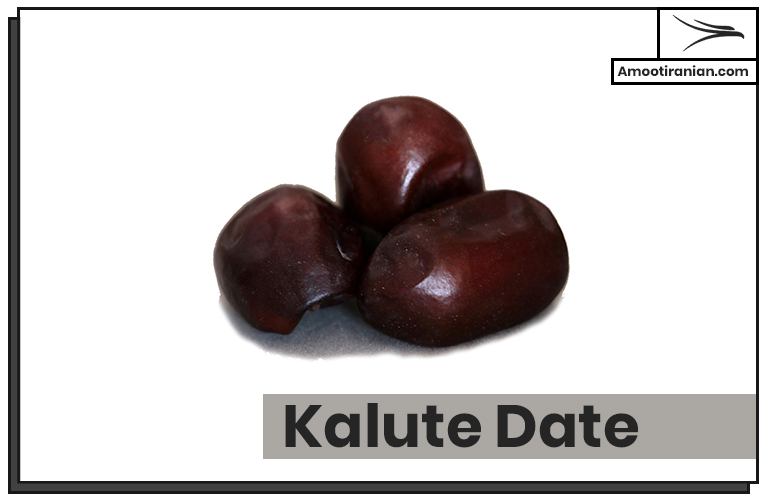
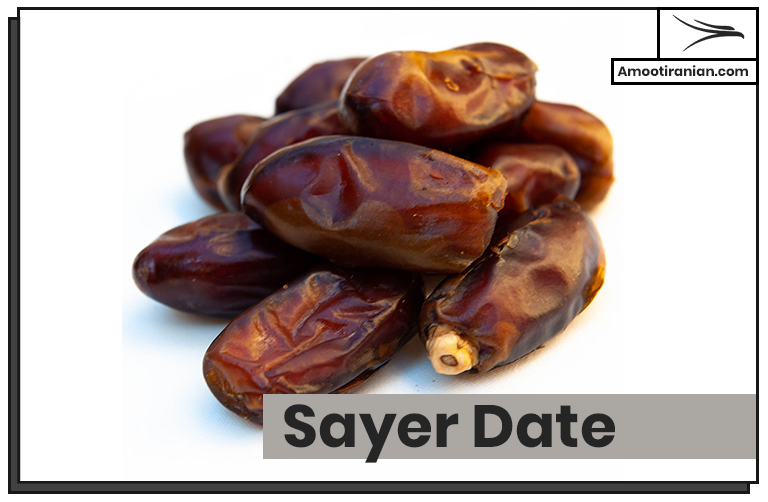
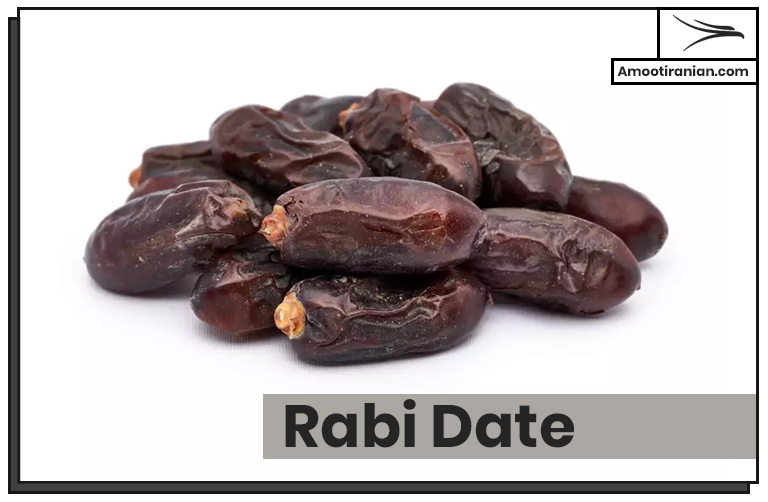
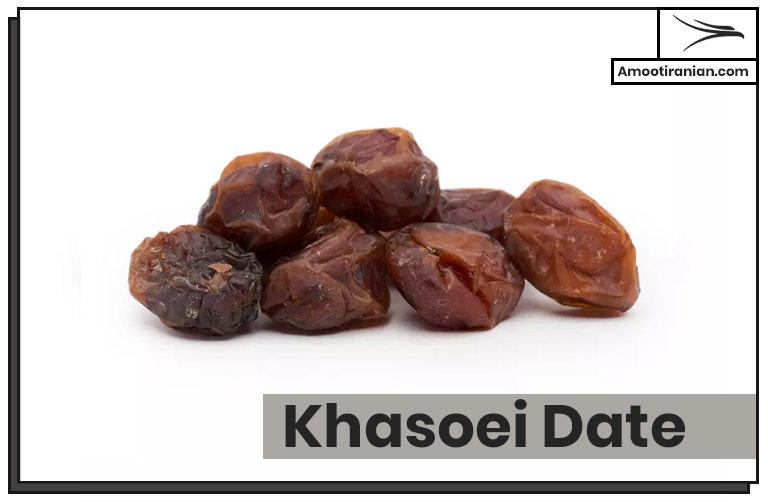
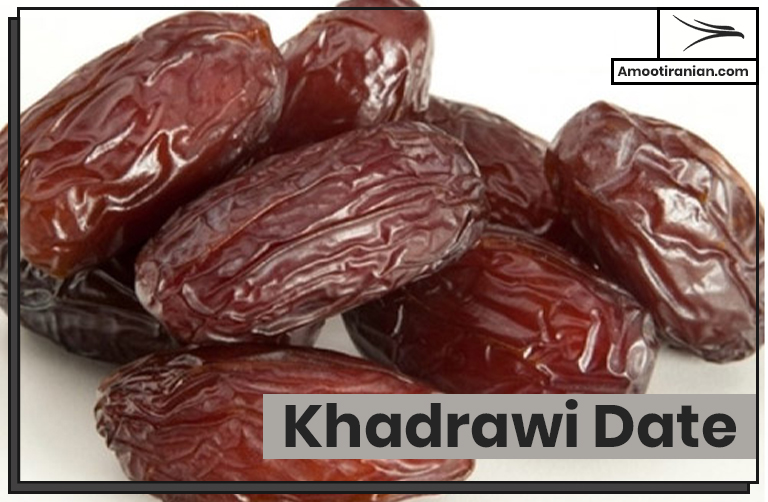
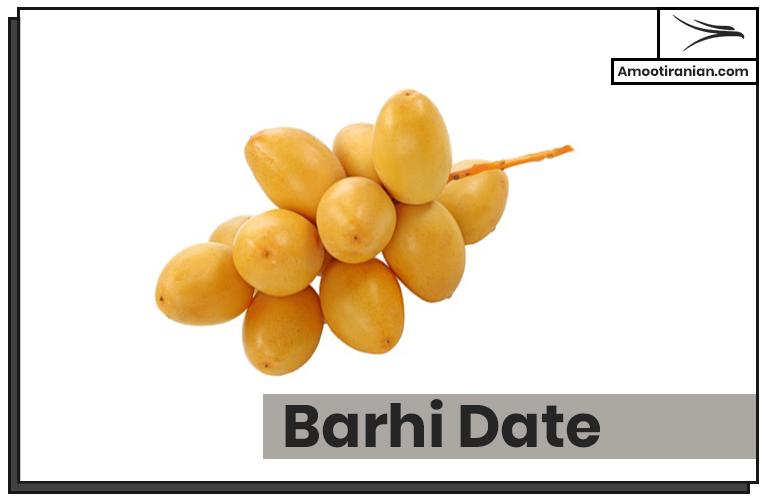
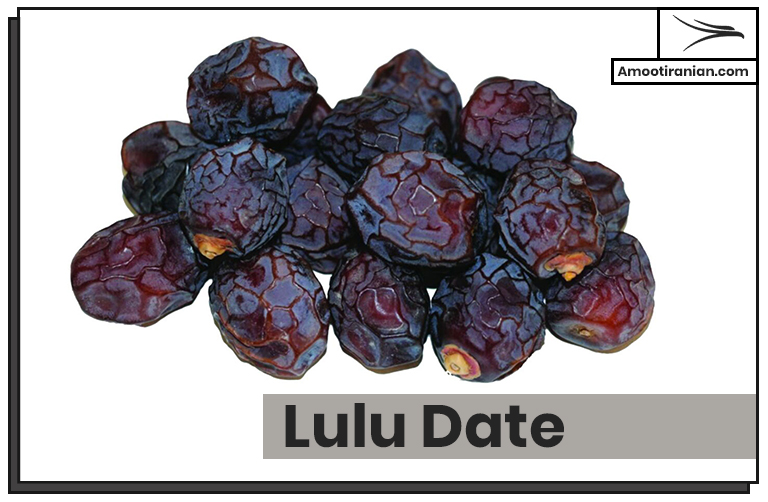
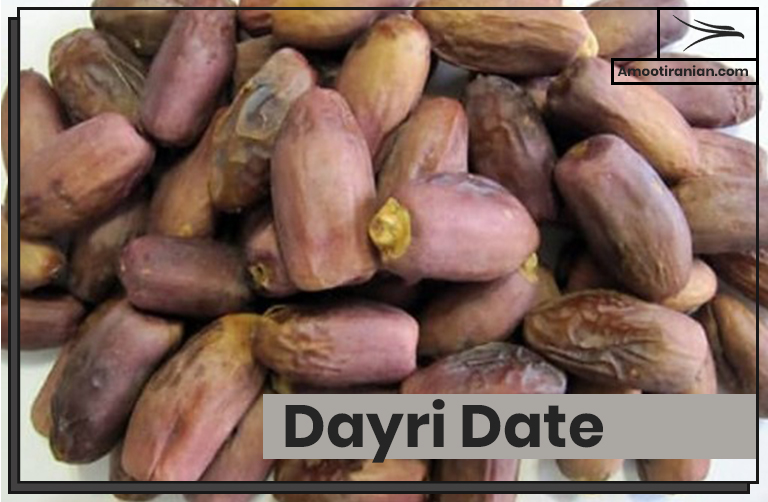
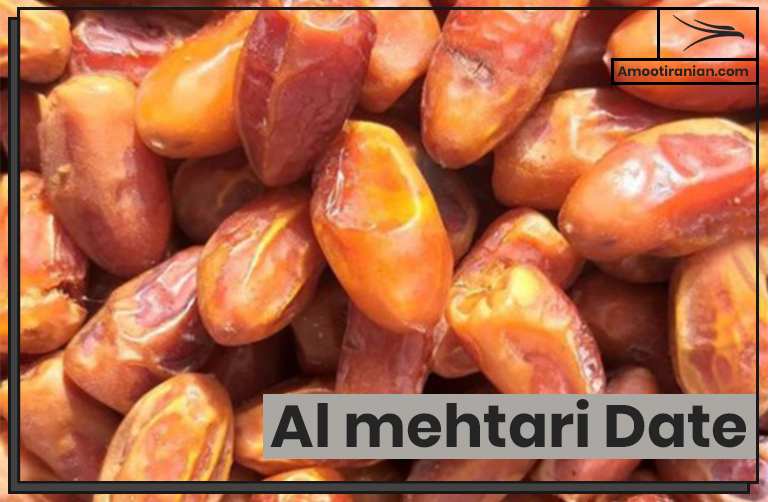
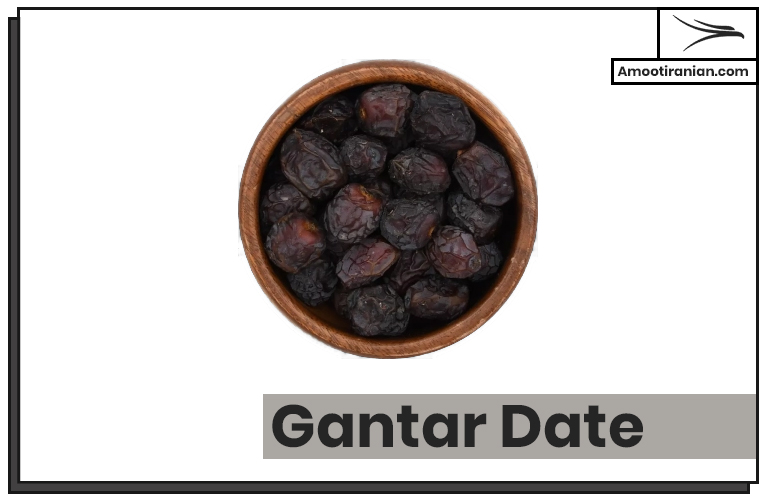
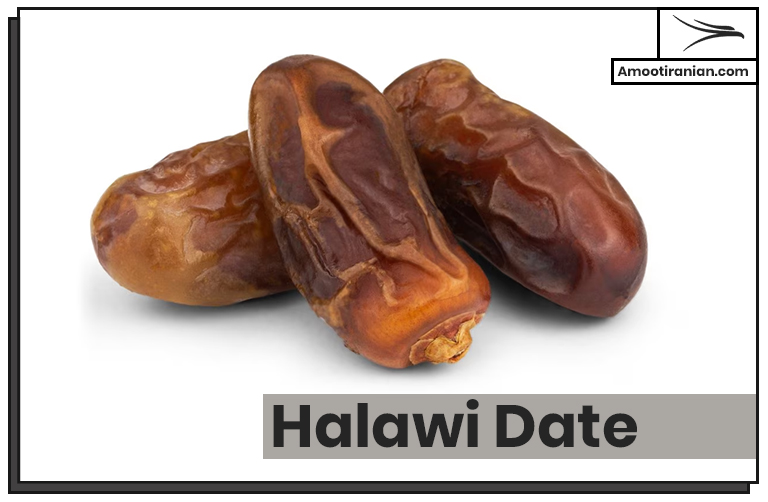
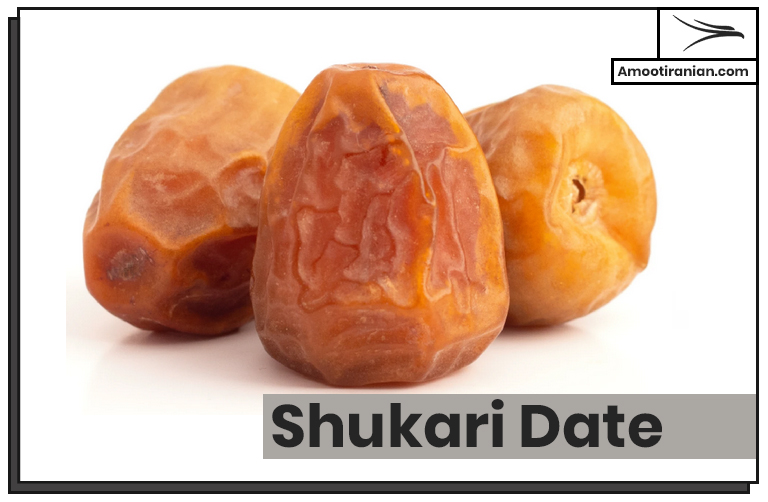
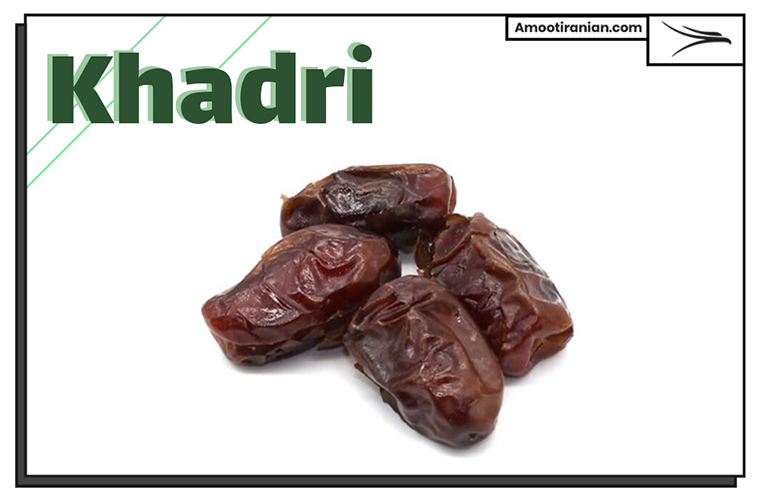
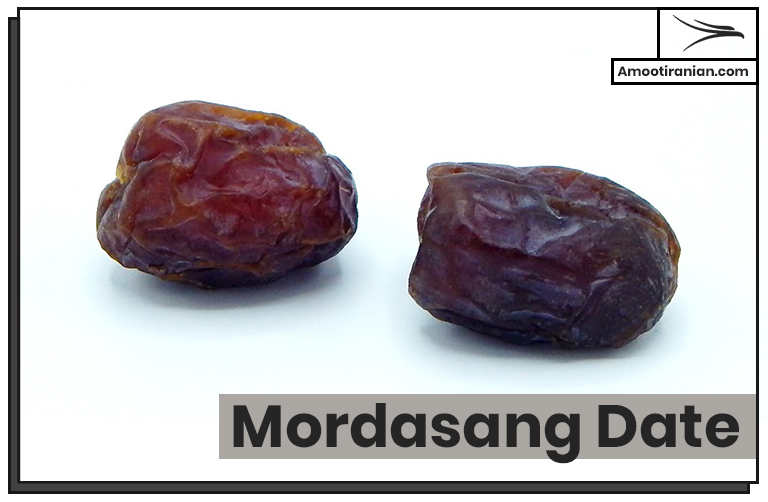
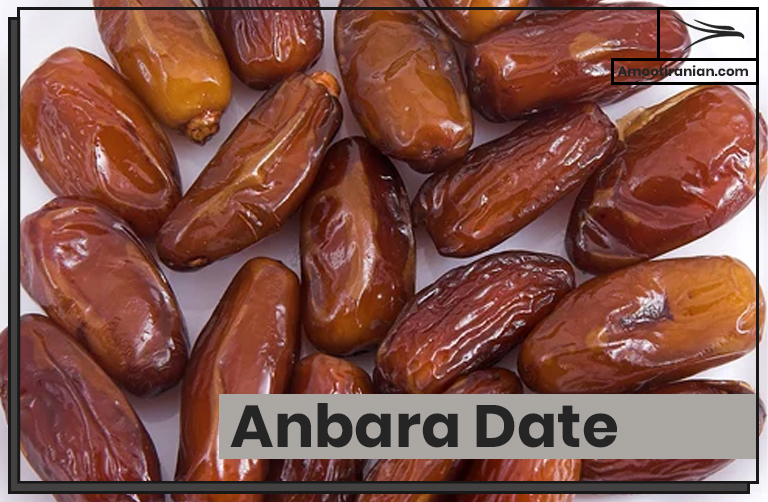
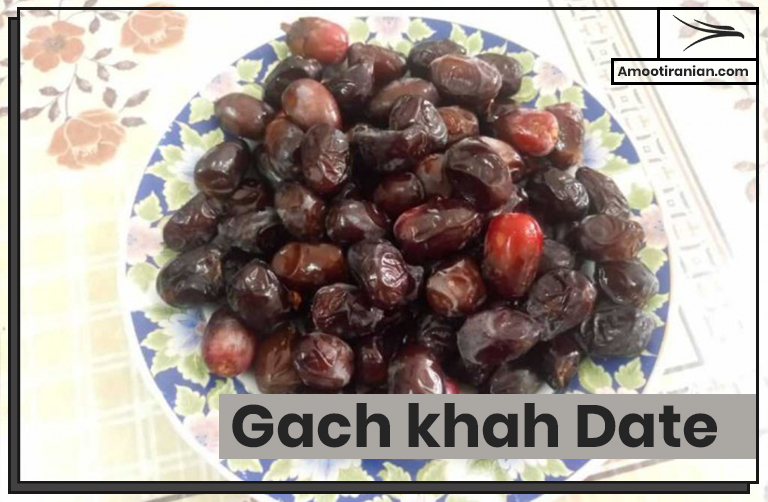
Processing Methods and Quality Control
Mazafati dates undergo minimal processing to preserve their natural moisture and delicate texture, typically involving gentle washing, careful sorting, and immediate packaging under controlled conditions.
Traditional methods for preparing mazafati dates include hand-harvesting at peak ripeness, minimal handling, and rapid cooling to lock in freshness and prevent deterioration.
Fard dates receive more extensive processing including controlled natural drying, size grading, quality sorting, and sometimes light sterilization treatments to ensure food safety and shelf stability.
Quality control procedures for mazafati dates focus on moisture content verification, visual inspection for defects, and gentle handling protocols to prevent bruising or texture damage.
Processing innovations for fard dates include advanced sorting technologies, controlled atmosphere drying, and modern packaging systems that maintain quality during global distribution.
Handling requirements vary significantly between varieties, with mazafati dates demanding careful treatment throughout processing while fard dates can withstand more robust handling procedures.
Value-added processing opportunities include pitting services, custom packaging options, and specialty preparations that enhance marketability for both varieties in different applications.
Certification standards ensure both varieties meet international food safety requirements, with many producers obtaining organic, kosher, and halal certifications for broader market access.
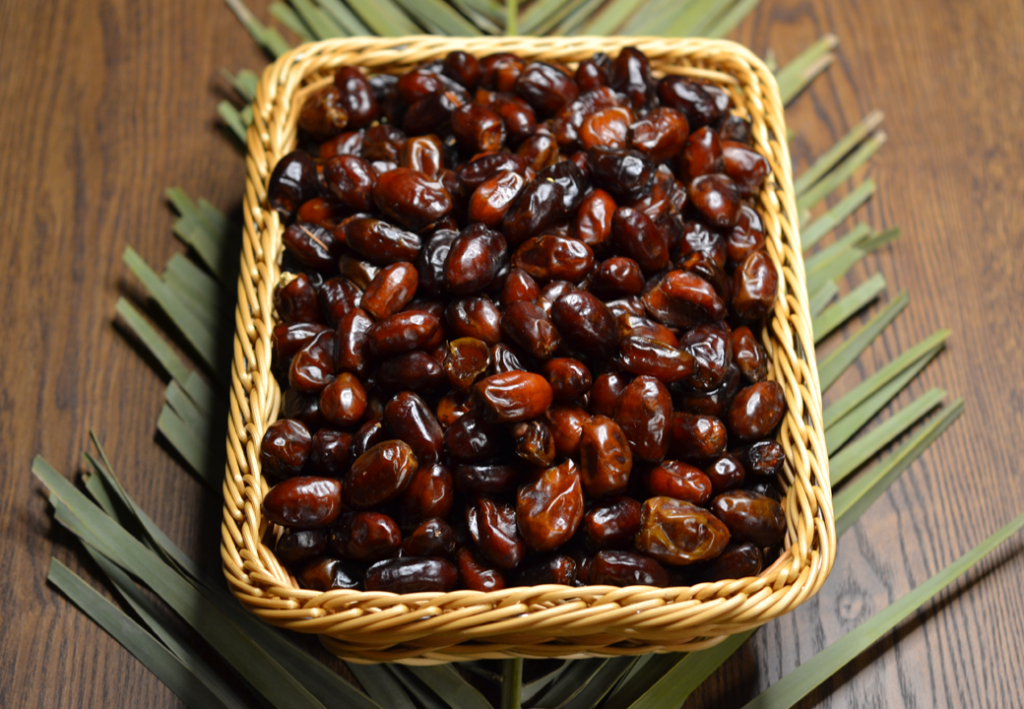
Market Positioning and Economic Analysis
Mazafati dates command premium pricing in international markets due to their exceptional quality, limited growing region, and reputation as the world’s finest fresh dates.
Price analysis shows high-quality mazafati dates typically ranging from $8-15 per kilogram at wholesale levels, reflecting their premium positioning and processing requirements.
Fard dates occupy mid-to-premium market segments with prices ranging from $5-10 per kilogram based on size grading, quality classification, and target market positioning.
Market demand for mazafati dates remains consistently strong in luxury food segments across Europe, North America, and Asia where consumers value exceptional eating experiences.
Competition analysis reveals fard dates competing effectively against other large-sized varieties while offering superior value compared to imported premium dates from other regions.
Export volumes indicate growing international recognition for both varieties, with mazafati dates dominating fresh date categories and fard dates excelling in shelf-stable segments.
Brand recognition continues expanding globally for Iranian date varieties, with both mazafati dates and fard dates benefiting from Iran’s reputation for superior date cultivation.
Economic impact analysis shows both varieties contributing significantly to Iran’s agricultural export revenues while supporting thousands of farming families in their respective growing regions.
Are Fard Dates Good?
Fard dates are exceptionally good quality fruits that offer outstanding nutritional value, impressive size, attractive appearance, and superior shelf stability, making them highly regarded among international date buyers.
Quality standards for fard dates consistently exceed international food safety requirements, with premium grades receiving recognition for their size consistency, flavor quality, and visual appeal.
Nutritional benefits of fard dates include providing sustained energy through balanced sugar profiles, supporting digestive health with high fiber content, and delivering essential minerals in concentrated forms.
Consumer satisfaction surveys consistently rate fard dates highly for value proposition, eating experience, and overall quality compared to other large-sized date varieties available globally.
Culinary applications demonstrate fard dates excellence in both fresh consumption and cooking uses, from traditional Middle Eastern preparations to modern international cuisine applications.
Storage advantages make fard dates particularly attractive for commercial buyers seeking products with extended shelf life and minimal storage requirements compared to more perishable varieties.
International recognition includes premium market positioning in European and North American markets where fard dates compete successfully against established date varieties from other origins.
Health research confirms fard dates provide significant wellness benefits including blood sugar regulation support, cardiovascular health promotion, and digestive system enhancement through their fiber content.
Value analysis shows fard dates offering excellent cost-per-nutrition ratios while providing impressive visual presentation that enhances their appeal in retail and food service applications.
Usage Applications and Culinary Versatility
Mazafati dates excel as luxury fresh eating fruits, high-end gift items, and premium dessert ingredients where their soft texture and intense sweetness enhance product quality.
Serving suggestions for mazafati dates include pairing with artisanal cheeses, premium nuts, or fine wines for sophisticated appetizer presentations that showcase their exceptional characteristics.
Fard dates work excellently in diverse cooking applications, baking recipes, stuffed preparations, and traditional dishes where their large size and firm texture maintain integrity during preparation.
Culinary integration possibilities for mazafati dates include smoothie applications, energy bar ingredients, and raw dessert preparations where their natural sweetness eliminates additional sweetener requirements.
Traditional preparations using fard dates include stuffing with almonds or pistachios, incorporating into rice pilaf dishes, and preparing ceremonial sweets for religious and cultural celebrations.
Modern applications for both varieties include healthy snacking options, meal replacement components, and functional food ingredients designed for health-conscious consumers seeking natural energy sources.
Presentation opportunities emphasize showcasing unique variety characteristics, with mazafati dates featured in elegant luxury arrangements and fard dates displayed to highlight their impressive size and visual appeal.
Professional kitchen uses show fard dates performing excellently in commercial food preparation where consistency, shelf stability, and handling durability are essential operational requirements.
Health Benefits and Wellness Applications
Mazafati dates provide exceptional antioxidant levels through their dark pigmentation and minimal processing, offering cellular protection, anti-inflammatory benefits, and potential anti-aging effects.
Digestive advantages from mazafati dates include prebiotic effects supporting beneficial gut bacteria, improved bowel regularity, and enhanced nutrient absorption from concurrent food consumption.
Fard dates deliver sustained energy release patterns that help maintain stable blood glucose levels, making them suitable options for people managing diabetes when consumed in appropriate portions.
Cardiovascular support from both varieties includes potassium for blood pressure regulation, fiber for cholesterol management, and antioxidants protecting against oxidative stress in circulatory systems.
Bone health benefits of fard dates include calcium, phosphorus, and magnesium in optimal ratios supporting bone density maintenance and osteoporosis risk reduction in aging populations.
Athletic performance enhancement from mazafati dates involves rapid energy delivery, natural electrolyte replacement, and muscle recovery support through their carbohydrate and mineral profiles.
Weight management applications show both varieties providing satiety through fiber content and natural sweetness that can reduce cravings for processed sugary snacks and artificial sweeteners.
Mental health benefits include stable energy supply supporting cognitive function, natural mood enhancement through balanced blood sugar, and stress reduction through magnesium content.
Quality Assessment and Selection Guidelines
Mazafati dates quality indicators include uniform dark coloration, appropriately soft texture without mushiness, absence of fermentation odors, and proper moisture levels indicating optimal ripeness.
Visual inspection criteria for premium mazafati dates include glossy skin appearance, minimal surface wrinkling, absence of crystallization, and consistent sizing within grade categories.
Fard dates quality assessment involves evaluating size consistency, appropriate firmness levels, attractive amber coloration, absence of insect damage, and proper moisture content for extended storage.
Texture evaluation methods include gentle pressure testing to ensure mazafati dates maintain characteristic softness while fard dates demonstrate appropriate firmness without excessive hardness.
Flavor testing protocols involve sampling for variety-appropriate sweetness levels, absence of off-flavors, and presence of characteristic taste profiles indicating proper cultivation and processing.
Packaging integrity assessment ensures both varieties receive protection from moisture fluctuations, temperature extremes, and contamination risks that could compromise quality during distribution.
Supplier evaluation criteria include reputation verification, quality control system assessment, storage facility inspection, and cold chain capability evaluation particularly important for mazafati dates.
Certification verification involves confirming organic status, food safety compliance, and any specialty certifications that add value and ensure quality standards for both varieties.
Regional Preferences and Market Demographics
Mazafati dates appeal strongly to affluent consumers seeking premium fruit experiences, health-conscious individuals prioritizing natural foods, and cultural groups familiar with Persian culinary traditions.
Consumer research indicates mazafati dates popularity among millennials and Generation Z consumers who value authenticity, quality, and health benefits over price considerations in food purchasing decisions.
Fard dates attract diverse consumer segments including families seeking healthy snack alternatives, traditional Middle Eastern communities, and value-conscious shoppers preferring substantial, satisfying products.
Geographic preferences show mazafati dates performing best in affluent urban markets with sophisticated food cultures that appreciate premium imported specialties and exotic fruit varieties.
Cultural significance influences purchasing patterns, with both varieties particularly popular during Ramadan and religious observances where dates hold special symbolic and nutritional importance.
Age demographics reveal mazafati dates appealing more to younger adults interested in luxury foods and social media-worthy presentations, while fard dates attract broader age ranges seeking traditional values.
Income correlations show mazafati dates purchases concentrated among higher-income consumers willing to pay premium prices for exceptional quality, while fard dates appeal across income levels.
Seasonal patterns affect both varieties differently, with mazafati dates experiencing peak demand during harvest seasons and fard dates maintaining steady consumption throughout the year.
Processing Innovation and Technology Integration
Mazafati dates processing innovations focus on maintaining freshness through improved cold chain management, modified atmosphere packaging, and gentle handling technologies that preserve delicate texture characteristics.
Technology applications in mazafati dates include advanced sorting systems using optical recognition, automated packaging lines with precise weight control, and traceability systems ensuring quality consistency.
Fard dates benefit from processing improvements including controlled atmosphere drying, automated size grading, and advanced packaging solutions that extend shelf life while maintaining nutritional integrity.
Quality monitoring systems employ sensors for moisture content tracking, digital imaging for defect detection, and automated weighing for consistent packaging across both varieties.
Supply chain optimization involves GPS tracking for transportation monitoring, temperature logging throughout distribution, and inventory management systems ensuring product rotation and freshness.
Packaging innovations include biodegradable materials for environmentally conscious consumers, modified atmosphere packaging for extended shelf life, and smart packaging with freshness indicators.
Research developments focus on nutritional enhancement techniques, natural preservation methods, and value-added processing that maintains variety characteristics while improving marketability.
Digital integration includes blockchain technology for supply chain transparency, QR codes for product information access, and e-commerce platforms optimized for direct-to-consumer sales.
Sustainability and Environmental Considerations
Mazafati dates cultivation practices in Kerman province emphasize water conservation through traditional qanat irrigation systems and modern drip irrigation technologies that minimize environmental impact.
Environmental benefits of mazafati dates production include carbon sequestration by date palm trees, soil erosion prevention in desert regions, and biodiversity support in oasis ecosystems.
Fard dates growing regions in Hormozgan implement sustainable farming practices including organic pest management, soil health preservation, and water resource conservation to ensure long-term viability.
Carbon footprint analysis shows both varieties having relatively low environmental impact compared to many other fruit crops due to efficient growing methods and minimal processing requirements.
Waste reduction initiatives in processing facilities include utilizing date pits for animal feed, composting organic waste, and implementing circular economy principles in production operations.
Packaging sustainability involves transitioning to recyclable materials, reducing packaging waste, and developing biodegradable options that meet food safety requirements while minimizing environmental impact.
Transportation efficiency improvements include optimized shipping routes, consolidated cargo loading, and fuel-efficient logistics systems that reduce per-unit carbon emissions for both varieties.
Future sustainability goals include renewable energy adoption in processing facilities, water recycling systems, and organic certification expansion to meet growing consumer demand for environmentally responsible products.
Future Market Trends and Growth Opportunities
Mazafati dates market expansion potential includes growing premium food segments, increasing health consciousness among consumers, and rising appreciation for authentic, minimally processed natural foods.
Innovation opportunities for mazafati dates include organic certification programs, sustainable packaging development, and value-added processing that maintains premium positioning while expanding accessibility.
Fard dates development prospects involve variety improvement through selective breeding, processing technology advancement, and market expansion into emerging economies seeking nutritious, affordable food options.
Technology integration possibilities include IoT sensors for optimal storage monitoring, blockchain systems for quality traceability, and AI-powered demand forecasting for inventory optimization.
Health trend alignment shows both varieties positioned well for growing functional food markets, natural sweetener demand, and clean label movement preferences among health-conscious consumers.
Global expansion strategies include strategic partnerships with international distributors, direct-to-consumer e-commerce platforms, and cultural marketing that celebrates Persian date heritage and quality.
Product development opportunities involve creating date-based functional foods, incorporating varieties into health supplements, and developing convenience products that maintain nutritional benefits.
Market education initiatives focus on consumer awareness about variety differences, nutritional benefits communication, and cooking application demonstrations that expand usage beyond traditional consumption patterns.
Conclusion
Mazafati dates and fard dates represent distinctly different approaches to premium date cultivation, with mazafati dates excelling in luxury fresh fruit markets while fard dates provide exceptional value and versatility for diverse consumer applications.
Key distinctions clearly separate these varieties through texture characteristics, storage requirements, size specifications, and market positioning, enabling informed purchasing decisions based on specific intended uses and quality expectations.
Quality considerations favor mazafati dates for consumers seeking the ultimate fresh date experience with unparalleled softness and intense sweetness, while fard dates excel for those prioritizing size, shelf stability, and cooking versatility.
Market analysis shows both varieties occupying important positions in global date markets, with mazafati dates representing premium quality standards and fard dates delivering consistent satisfaction across diverse consumer segments.
Future prospects remain excellent for both varieties as health consciousness increases globally and consumers seek natural, nutritious alternatives to processed foods and artificial sweeteners in their dietary choices.
Amoot Iranian Trading Company
🌴 The Largest Dates Supplier in the World
We export premium quality Mazafati, Kabkab, Piarom, Kalute and many other date varieties worldwide.
📞 Call us on WhatsApp:
+98 902 360 6419
✉️ Email us at:
info@amootiranian.com
Mazafati Dates Vs. Other Dates
🏆 Compare Mazafati Dates With Other Varieties:
- Mazafati Dates vs. Medjool Dates
- Mazafati Dates vs. Ajwa Dates
- Mazafati Dates vs. Omani Dates
- Mazafati Dates vs. Fard Dates
- Mazafati Dates vs. Black Dates
- Mazafati Dates vs. Kimia Dates
- Mazafati Dates vs. Kalmi Dates
- Mazafati Dates vs. Deglet Nour
- Mazafati Dates vs. Zahidi Dates
- Mazafati Dates vs. Arabian Dates
- Mazafati Dates vs. Safawi Dates
